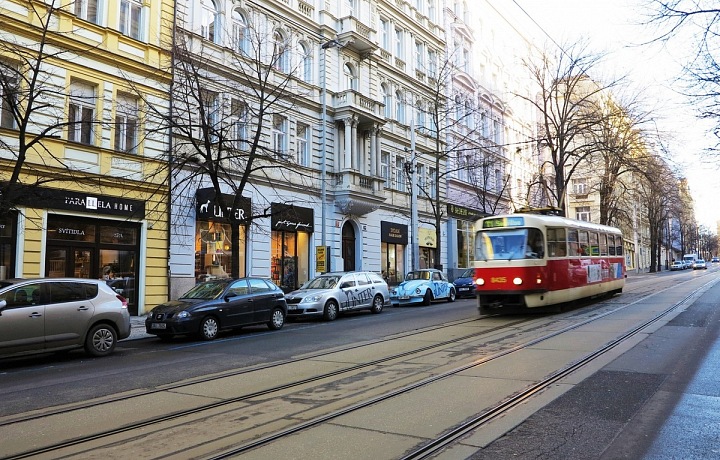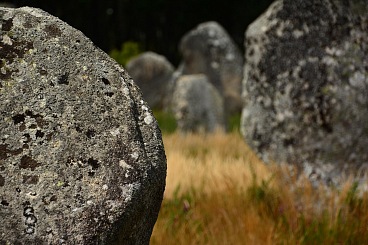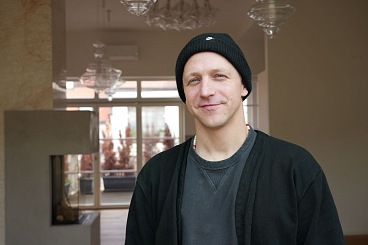Points of interest about Vinohradská třída, one of the longest streets in Prague
Vinohradská, which is one of the longest streets in Prague (4 km), also runs through Žižkov and Strašnice. It starts at the National Museum and ends at Černokostelecká ulice and Na Vinici. However, it takes its name from the luxury district of Vinohrady, a place where vineyards were located in the 14th century.
The look of this famous street has, like all other streets, developed and changed over time. At the turn of the 20th century, it was an uninteresting road which led between fields where only a few farms buildings had been built. But one thing which was the same at that time as on the street of today is the junctions leading off to the main cemeteries in Prague.
A long path to the current name
Something which is perhaps even more interesting than its length and history is the number of names the street has had over the course of its existence.
The first name was Říčanská, which changed during the 1870s to Černokostelecká and in the 1880s once again to Jungmannova. This name changed in 1920 when Královské Vinohrady became part of Prague. At that time, the street became Fochova after Ferdinand Foch, a marshal during the First World War. In the 1940s, the street was renamed again, this time to Schwerinova after the Prussian marshal. In 1946, it was given the name Stalinova which did not then change to Vinohradská until 1962. That makes a total of 7 names!
A luxury location with the unique spirit of Prague
Living on Vinohradská třída and its surrounding area is the embodiment of living in Prague: the clanging of the trams, living a stone’s throw from the busy centre and the calm of the nearby parks. Anyone who loves life and the hustle and bustle of the city will also love Vinohradská třída.
The most interesting buildings on this street certainly include the building of Czechoslovak Radio, now Czech Radio which is based at Vinohradská 12. Another dominant and recently renovated luxury building is the Vinohrady Pavilion designed by the architect Antonín Turek. The building currently houses a centre for designer products and luxury furniture.
Vinohradská třída runs along Svatopluk Čech Park and náměstí Jiřího z Poděbrad. Roads split off from it to Vinohrady Cemetery and Olšany Cemetery. The lower part is the oldest – from Wilsonova ulice to Italská. You will find here neo-Renaissance and neo-Gothic buildings dating back to the start of the last century, for example built by František Jiskra. The higher you get as you travel along the road, the more newer buildings you see, many of which are built in an Art Nouveau style or in the style of Art Deco.
There is so much that we could write about Vinohradská třída, its buildings, the businesses there and the crossroads. But a better idea would be for you to take a trip there and discover the points of interest and secrets of the longest street in Prague for yourselves.

















